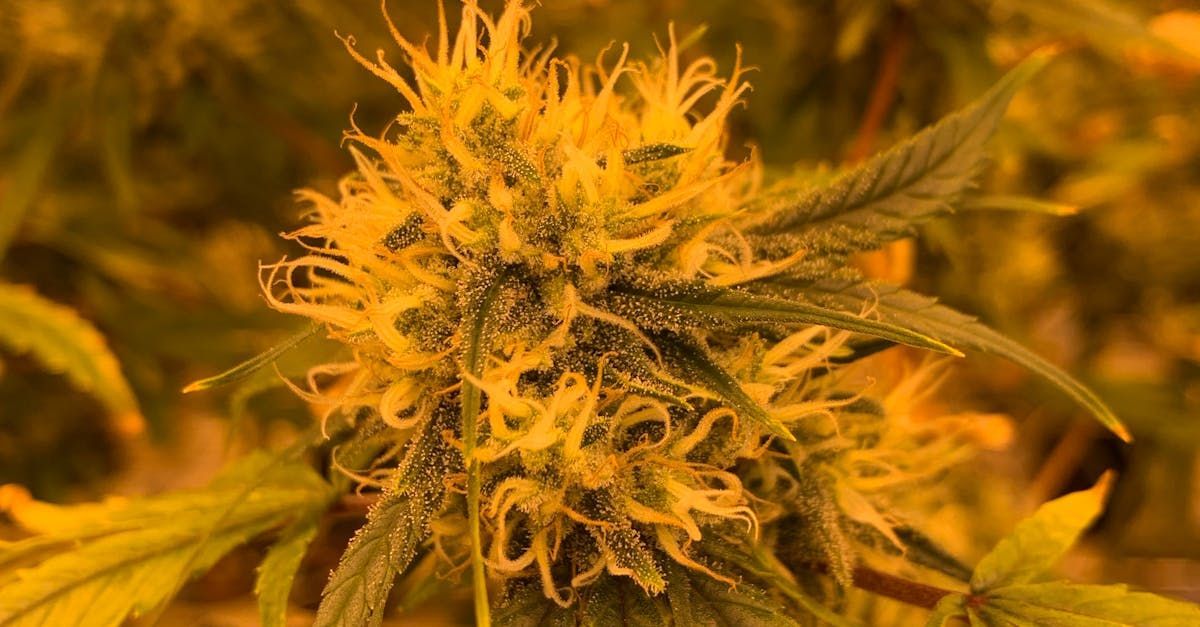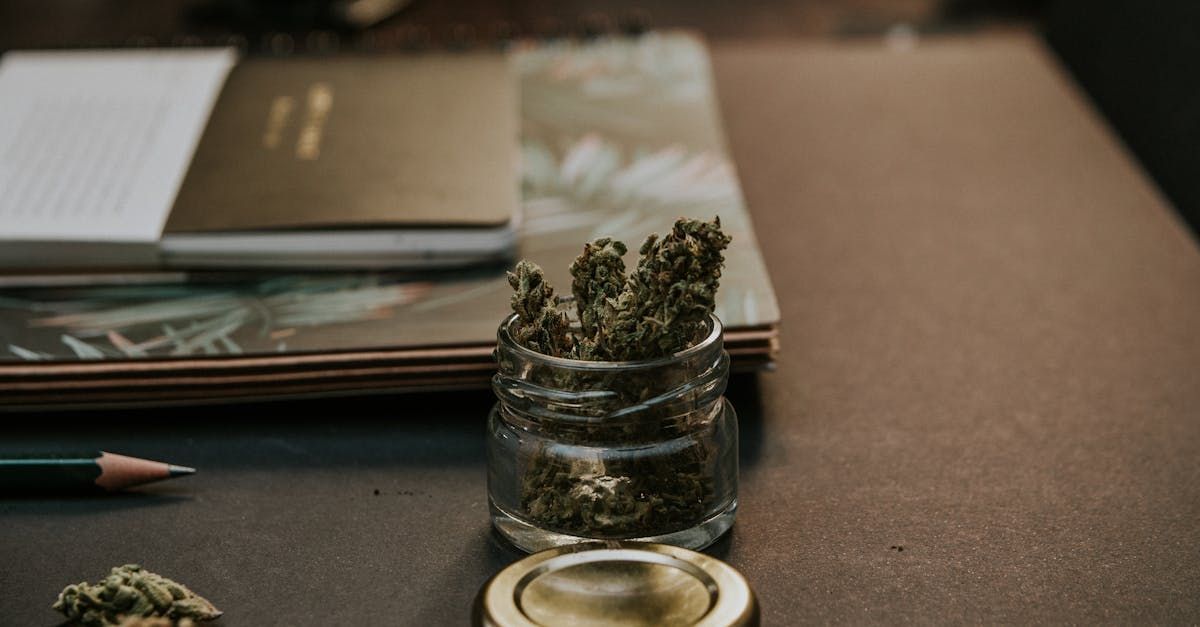How Leafly Grew Traffic Through Billboards and Outdoor Ads
Leafly, a leading online platform for cannabis information and product reviews, has effectively utilized billboards and outdoor advertising to significantly boost its traffic. This strategic move has placed Leafly at the forefront of cannabis marketing, showcasing the potential of out-of-home (OOH) advertising in an industry often restricted by digital ad regulations.
The Cannabis Advertising Landscape
Cannabis advertising faces unique challenges. Many digital platforms, including Google and Facebook, impose stringent restrictions on cannabis-related ads. This limitation necessitates innovative approaches to reach the target audience. Leafly's adoption of billboards and outdoor ads provides a blueprint for cannabis brands aiming to increase visibility and drive traffic.
The Power of OOH Campaigns
OOH campaigns offer broad visibility and reach, such as billboards, transit ads, and posters. Unlike digital ads, which can be easily ignored or blocked, outdoor ads are difficult to overlook. They capture attention in high-traffic areas, making them an effective tool for increasing brand awareness.

Leafly's OOH Campaign Strategy
Leafly's OOH campaign was meticulously planned to maximize impact. Here's how they did it:
- Strategic Locations: Leafly placed billboards in high-traffic areas known for high cannabis consumption. Cities with vibrant cannabis cultures, such as Los Angeles, San Francisco, and Seattle, were primary targets.
- Engaging Visuals and Messaging: The billboards featured striking visuals and clear, compelling messages. The goal was to attract attention and convey Leafly's value proposition quickly. For example, some billboards simply featured the Leafly logo and a catchy slogan like "Know Your Cannabis."
- Integration with Digital Campaigns: While primarily focusing on OOH ads, Leafly integrated these efforts with its digital campaigns. QR codes on billboards directed viewers to the Leafly website, creating a seamless transition from physical to digital engagement.

Results and Impact
Leafly's OOH campaign resulted in a significant traffic increase. The visibility provided by billboards helped Leafly attract new users who might not have encountered the brand online due to digital advertising restrictions.
- Increased Brand Awareness: The high visibility of billboards in key locations helped increase Leafly's brand awareness. More people recognized the Leafly logo and associated it with trusted cannabis information.
- Traffic Boost: Integrating QR codes and engaging calls-to-action encouraged viewers to visit the Leafly website, leading to a substantial increase in web traffic.
- Enhanced Trust and Credibility: By prominently featuring its brand in public spaces, Leafly reinforced its position as a credible and authoritative cannabis information source.
Lessons for Cannabis Brands
Other cannabis brands can learn several valuable lessons from Leafly's successful OOH campaign:
- Leverage High-Traffic Locations: Placing ads in areas with heavy foot traffic or high cannabis consumption can maximize visibility and impact.
- Engage with Visuals and Messaging: Use compelling visuals and clear messages that quickly convey your brand's value. Simplicity and clarity are key to capturing attention.
- Integrate OOH with Digital Campaigns: Combining OOH advertising with digital strategies can enhance overall campaign effectiveness. Use QR codes or short URLs to drive traffic from billboards to your website or social media pages.
- Understand Your Audience: It is crucial to know your target audience's habits and preferences. Tailor your ads to resonate with their interests and lifestyle.
- Track and Measure: Use tracking mechanisms, like QR codes, to measure the impact of your OOH campaigns. Analyzing this data helps refine future strategies and improve ROI.
The Broader Impact on the Cannabis Industry
Leafly's success with OOH advertising highlights the growing importance of diverse marketing strategies in the cannabis industry. As digital platforms continue to restrict cannabis ads, brands must explore alternative avenues to reach their audiences. OOH advertising offers a tangible, effective way to overcome these challenges and achieve significant growth.
Moreover, Leafly's campaign underscores the potential for innovation within the cannabis industry. By thinking outside the box and leveraging traditional advertising methods in new ways, cannabis brands can overcome regulatory hurdles and connect with consumers more effectively.
Conclusion
Leafly's use of billboards and outdoor advertising serves as a powerful example for cannabis brands looking to expand their reach and grow their traffic. By strategically placing ads in high-traffic areas, engaging viewers with compelling visuals and messages, and integrating OOH efforts with digital campaigns, Leafly has set a new standard for cannabis marketing. This approach boosts traffic and enhances brand awareness and credibility, proving that outdoor advertising can be a game-changer in the cannabis industry.
By following Leafly's lead and adopting innovative advertising strategies, cannabis brands can navigate the complex landscape of cannabis advertising and achieve significant growth. As the industry continues to evolve, the ability to think creatively and leverage diverse marketing channels will be crucial for success.
TALK TO A PRO
We're here to bring your brand to life!
Stay Connected with BrandXR
Create Augmented Reality for Free!
Create, Publish, and Measure 3D Augmented Reality Experiences Without Having to Code.














